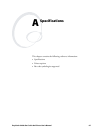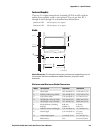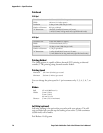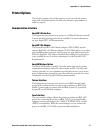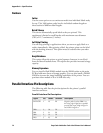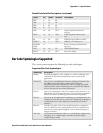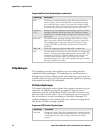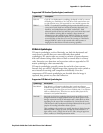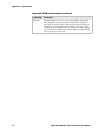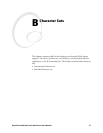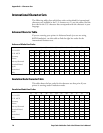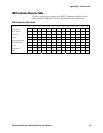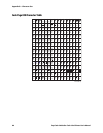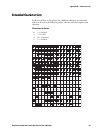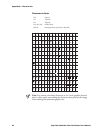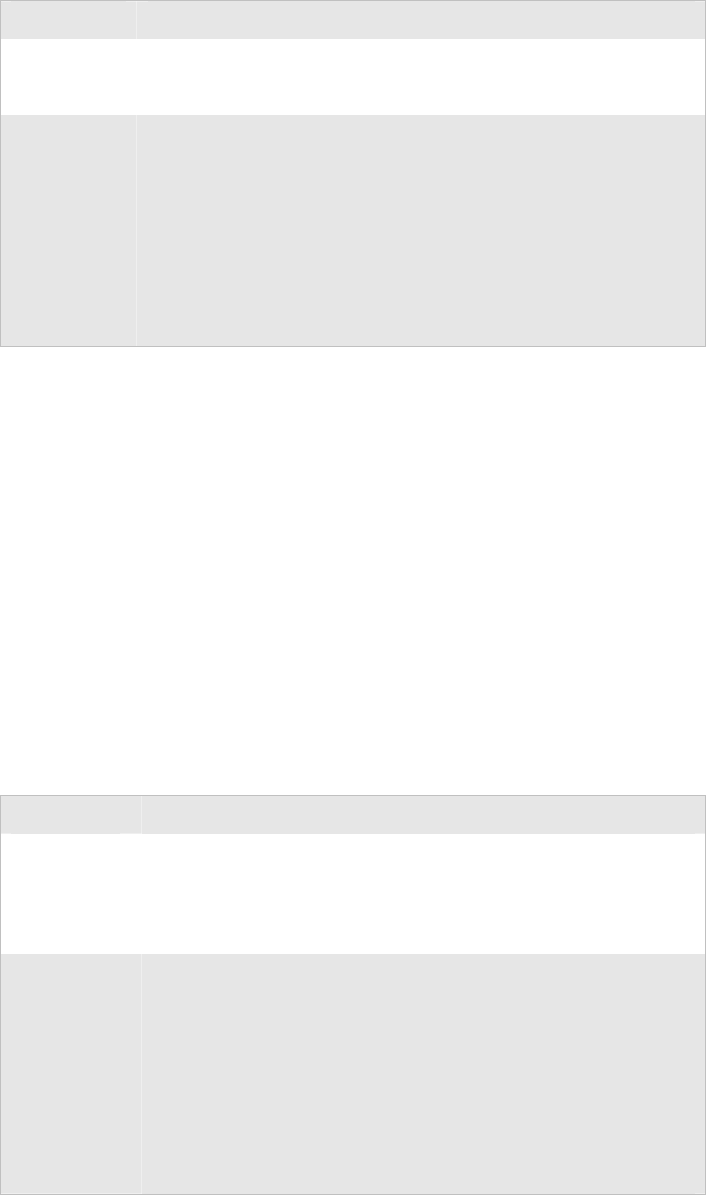
Cd 39 Helvetica CondensedHelvetica Appendix A— Specifications
EasyCoder 3400e Bar Code Label Printer User’s Manual 75
Supported 2D Stacked Symbologies (continued)
Symbology Description
Code 49 Code 49 is an alphanumeric symbology developed in 1987 as a means
of labeling very small objects. A Code 49 bar code contains from two
to eight adjacent rows, each separated by a one-module separator bar.
PDF417 PDF417 is a stacked 2D symbology that provides the ability to scan
across rows of code. Each row consists of start/stop characters, row
identifiers, and symbol characters (called “codewords”). Each
codeword consists of four bars and four spaces and contain the actual
data. In addition to being able to condense a large amount of
information into the stacked format, PDF417 provides an extensive
error detection and correction option. Up to 510 characters can be
recovered if they are lost due to an error in scanning or if the label is
damaged. PDF417 codes can be scanned with a laser scanner or
imaging device that features 2D code scanning capability.
2D Matrix Symbologies
2D matrix symbologies, such as Maxicode, use both the horizontal and
vertical axes to encode data even more efficiently than stacked
symbologies. 2D matrix codes are created as a matrix of square elements,
with each element being either white or black to encode data in a binary
code. Extensive error detection and correction codes are appended to 2D
matrix symbologies, often automatically.
2D matrix symbologies generally cannot be read with a laser scanner.
Instead, they are read by a digital imager that captures the entire symbol at
once instead of scanning each component individually. Since the
components of 2D matrix symbologies are decoded after the image is
captured, they permit very fast data collection.
Supported 2D Matrix Symbologies
Symbology Description
Data Matrix Data Matrix is a 2D matrix symbology that is made up of square
modules arranged within a perimeter finder pattern. The finder pattern
is a perimeter to the data region and is one module wide. Two adjacent
sides are solid dark lines. These lines are used to define physical size,
orientation, and symbol distortion.
Maxicode Maxicode is a fixed-size symbology that is made up of offset rows of
hexagonal elements arranged around a bull’s eye finder pattern. Each
hexagon represents one bit of information and is either black or white
depending on the state of the encoded data bit. United Parcel Service
(UPS) Research and Development developed Maxicode for the specific
purpose of encoding information about a parcel.
This symbology only encodes very specific data that is divided into the
following fields: a 5-digit zip code, a 4-digit zip code extension, a 3-
digit country code, a 3-digit class of service, and a string of uppercase
letters, numbers, or limited punctuation marks.



